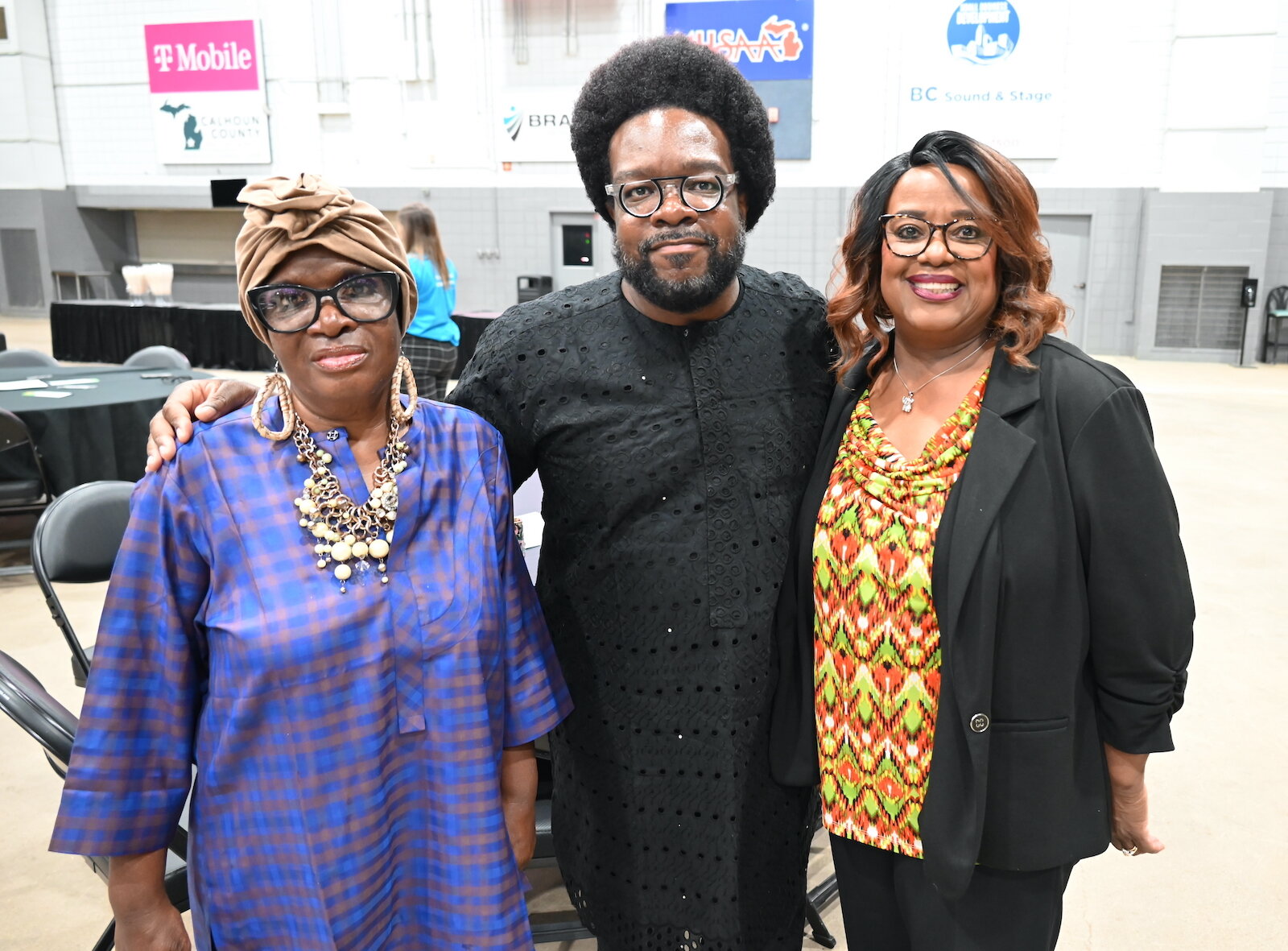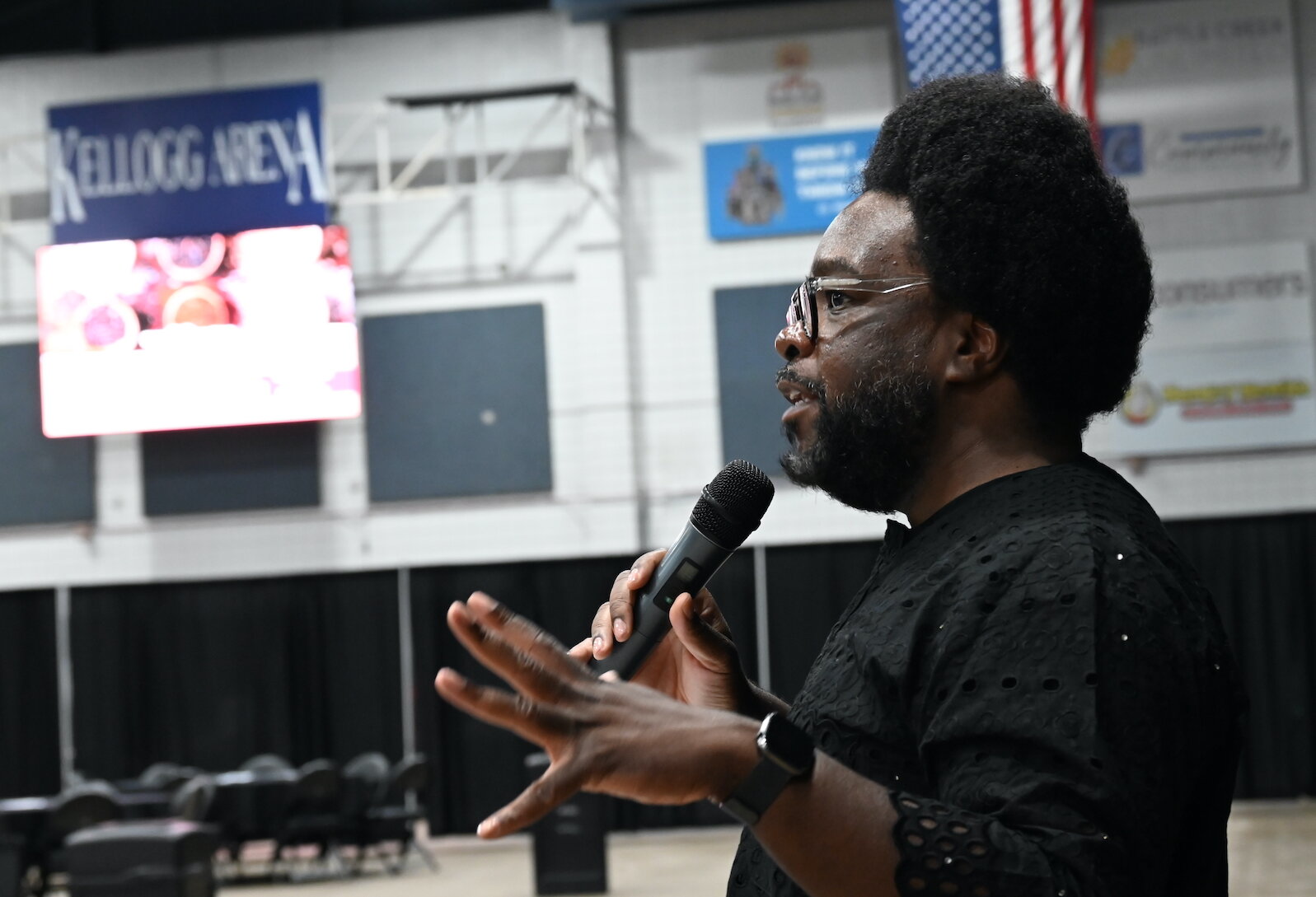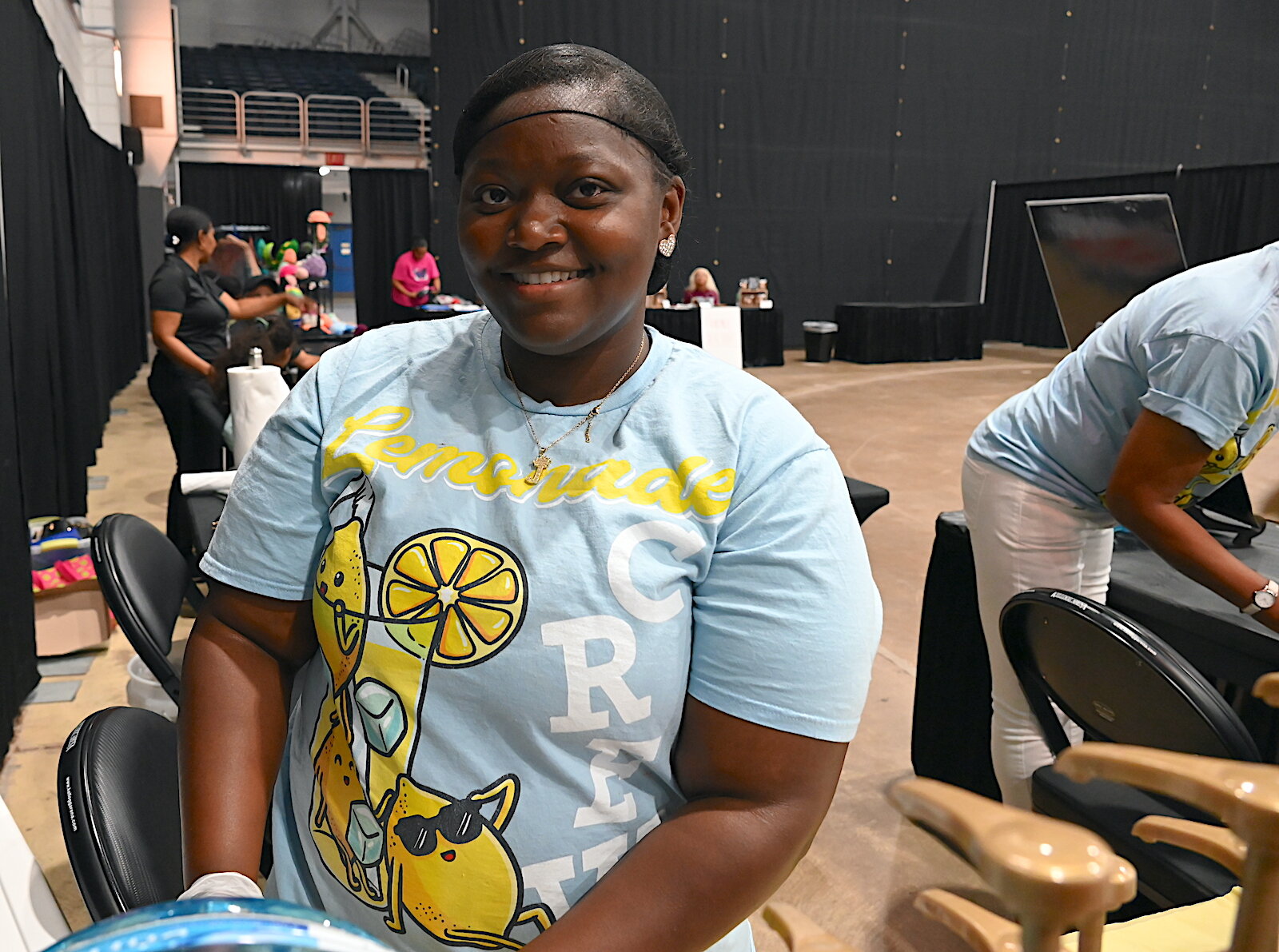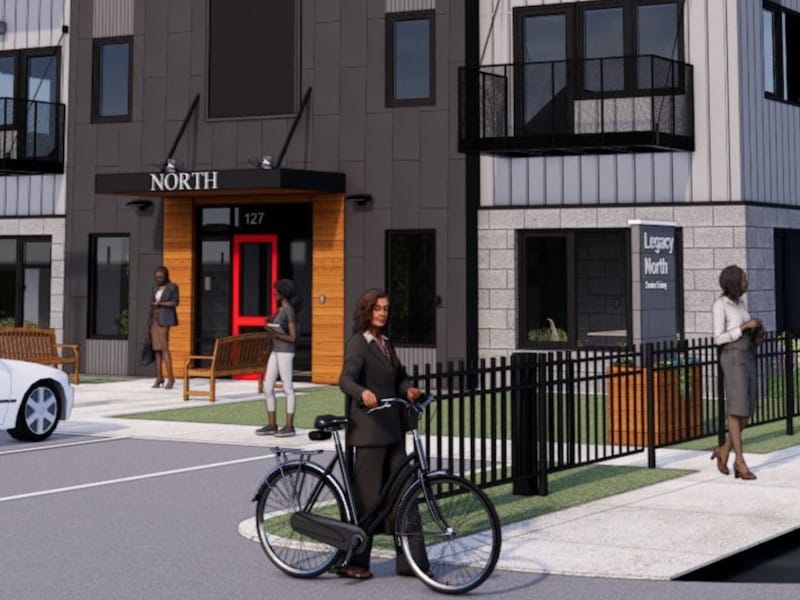World’s Biggest Rice Table: Village Network of Battle Creek connects cultures through rice
"At the core of the various rice dishes there was one common denominator: rice. We believed that this would help us all see that at the core we are the same.”
Editor’s note: This story is part of Southwest Michigan Second Wave’s On the Ground Battle Creek series.
BATTLE CREEK, MI — A single grain of rice on its own doesn’t carry much weight, but when it’s multiplied, it provides plenty of food for the body and mind. This was the premise for an event hosted by the Village Network (VN) on September 12 at Kellogg Arena.
Billed as “The World’s Biggest Rice Table,” about 85 community members turned out to explore a wide variety of rice dishes from every corner of the globe, including Burmese Fried Rice, Mexican Rice & Beans, and Jamaican Rice & Peas, says L.E. Johnson II, EdD, Senior Director of Engagement and Inclusion with the Village Network.
The focus of the gathering was to “leverage a non-threatening, common thread (rice) that connects us (communities of color) to open the conversation about our common priorities in economic prosperity, with an end goal of co-creating an Economic Justice Common Agenda,” says Dr. Nakia Baylis, Executive Director of VN.

Sylas and Joy Leger attended the Village Network’s Rice and Flavor event at Kellogg Arena.
“We looked to rice because it is a staple food that is seen in every culture around the globe,” Johnson says. “We understood that rice could be used analogously, especially by the different ways it is prepared around the globe, to represent ethnic characteristics and the local resources available to communities, as a means for us to collectively see our common humanity.
“At the core of the various rice dishes, there was one common denominator: rice. We believed that this would help us all see that at the core we are the same.”
The Village Network was established as a nonprofit organization in January 2023, as a coalition-building organization that helps create and sustain networking for historically, chronically, and systemically under-invested people to achieve economic justice, Baylis says.
Rice & Flavor is the third major event hosted by VN. Restorative Community Building and the Mardi Gras in the Creek are the other two.

Attendees sample rice during the Village Network’s Rice and Flavor event at Kellogg Arena.
Each of these events centers and supports social justice and economic justice outcomes. They each have included small business and entrepreneurial empowerment sessions that supported increasing knowledge, capacity, and networking towards the achievement of increasing small business profit margins as well, Baylis says.
“They also each include a cultural visibility component, to ensure that residents of Battle Creek not only feel seen but are seen and meaningfully included,” she says.
Each of the events builds a foundation for Communities of Color (CoC) to operate in solidarity around equitable economic development in Battle Creek as well as increase representation of CoC residents on local economic development boards and committees. They also raise funds for CoC to engage in economic development, Johnson says.
This has become increasingly important as people who identify as being members of CoC choose to settle in Battle Creek. The city is home to large Burmese, Latinx, African American, and more recently Uwezo Swahili communities.
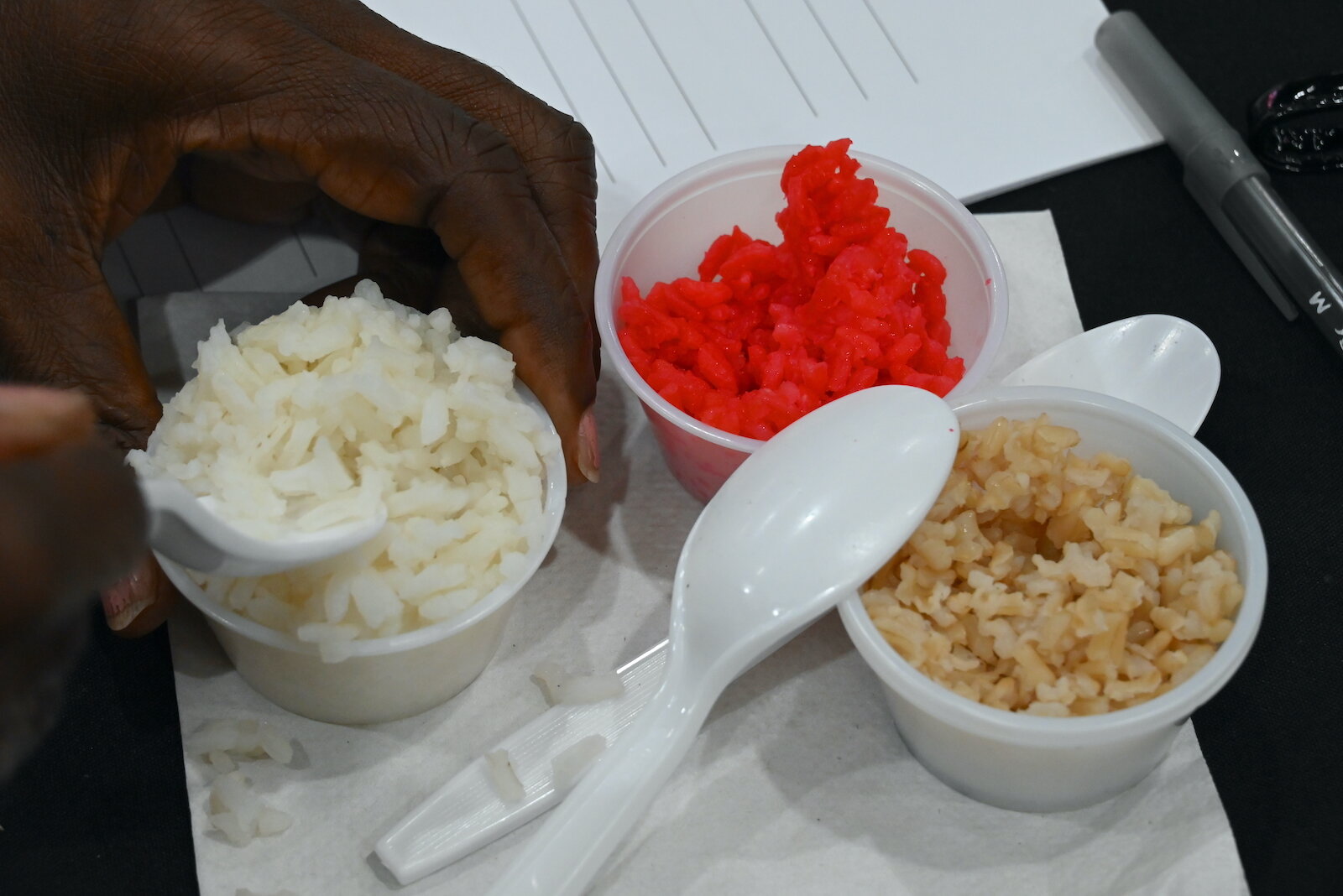
Samples of some of the rice at the Village Network’s Rice and Flavor event at Kellogg Arena
During the dinner, participants tasted 15 different rice dishes from across the globe reflected on flavor, texture, and ingredients, and talked about how that could resemble cultural and ethnic characteristics in regions while never taking away from each dish fundamentally being the same: rice. Each grain coalesced as a conversation starter to talk about social justice and civic engagement.
The tastings began in the Far East and went from region to region where discussions were had about the various rice dishes from each culture and how they may have reflected the local cultural identity. From the ingredients to resulting flavors, colors, and textures, Johnson says, “We anticipated a conversation that would support the participants in identifying the beautiful and stark differences, but the rich, deep commonalities.”
Participants were led on a journey from China, across the Middle East, up to Europe, down to Nigeria, across and through the United States, Jamaica, and Mexico.
“We had a critical discussion that led to thoughts about why it is important to work together to create a value for human diversity, in an effort to reset our moral compass,” Johnson says. “Looking at race through the lens of rice may help us to see how much we are alike and that our alikeness is greater than our differences.
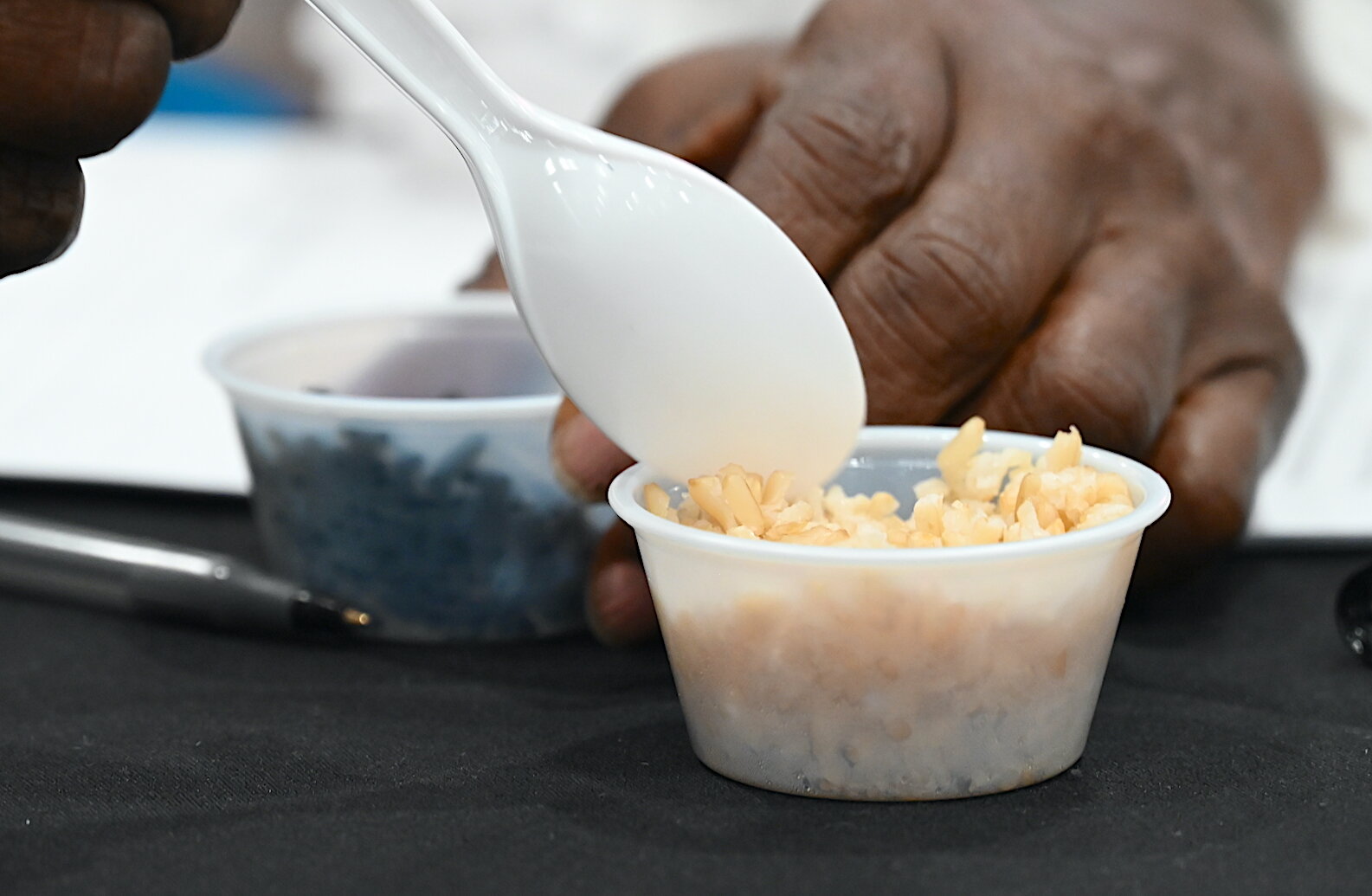
Samples of some of the rice at the Village Network’s Rice and Flavor event at Kellogg Arena
“Viewing black, brown, red, and white rice as the same at its core may help us to better understand, that, as humans, at our core, we are the same and that the only thing that separates us and makes us different are our regional differences. Like how we prepare our rice, Mother Nature has prepared us regionally differently. However, we are all the same.”
Going against the historical grain to create positive change
The four major colors of rice — black, brown, red, and white — represent the four major races of humans that have become widely recognized— Black, Brown, Red, and White.
“Black refers to those individuals who derive from Africa or have mixed-race status, a derivative ideology of the widely accepted hate-based concept, previously known as the one-drop rule. Brown refers to those from Southeast Asia, the Middle East, and Latin America, and typically does not include descendants of the enslaved.
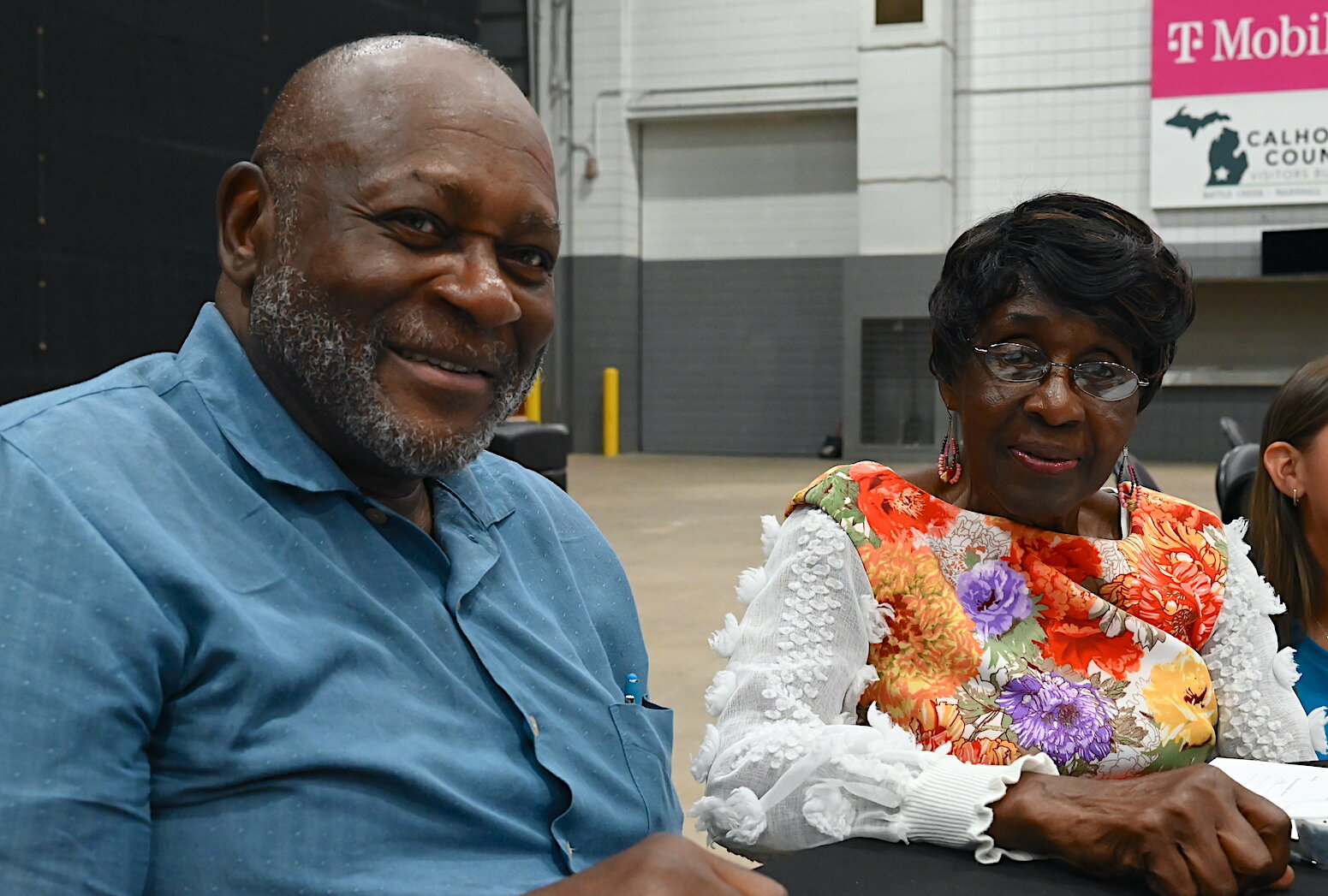
Franklin Ballard, left, and Mildred Mallard attended the Village Network’s Rice and Flavor event at Kellogg Arena.
“Red refers to Indigenous communities in the Americas, differing from Aboriginal communities of Australia and countries in the Pacific Ocean region,” Baylis says. “White refers to those of European descent, sometimes including specific Middle Eastern and North African groups and some ethnic groups from Central America.”
As the work of the Village Network continues its forward momentum, the organization is focused on the continuation of:
· Laying the groundwork for CoC to operate in solidarity around equitable economic development in BC.
· Creating an economic inclusion policy with the City of BC which ensures CoC residents understand how economic development projects will impact their neighborhood.
· Increasing representation of CoC residents on local economic development boards and committees to make decisions about their community.
· Increasing funding available for CoC to engage in economic development activities for their communities.
· Ensuring that CoC residents are able to participate in the jobs that are being created by economic development investments.
· Communicating economic development engagement opportunities to CoC.
This work will focus on lifting the voice to the power of every resident of color through engagement and service on local committees and boards guiding economic development in Battle Creek, as well as increasing consumption of services and products provided by BIPOC-owned businesses 10-fold, Baylis says.
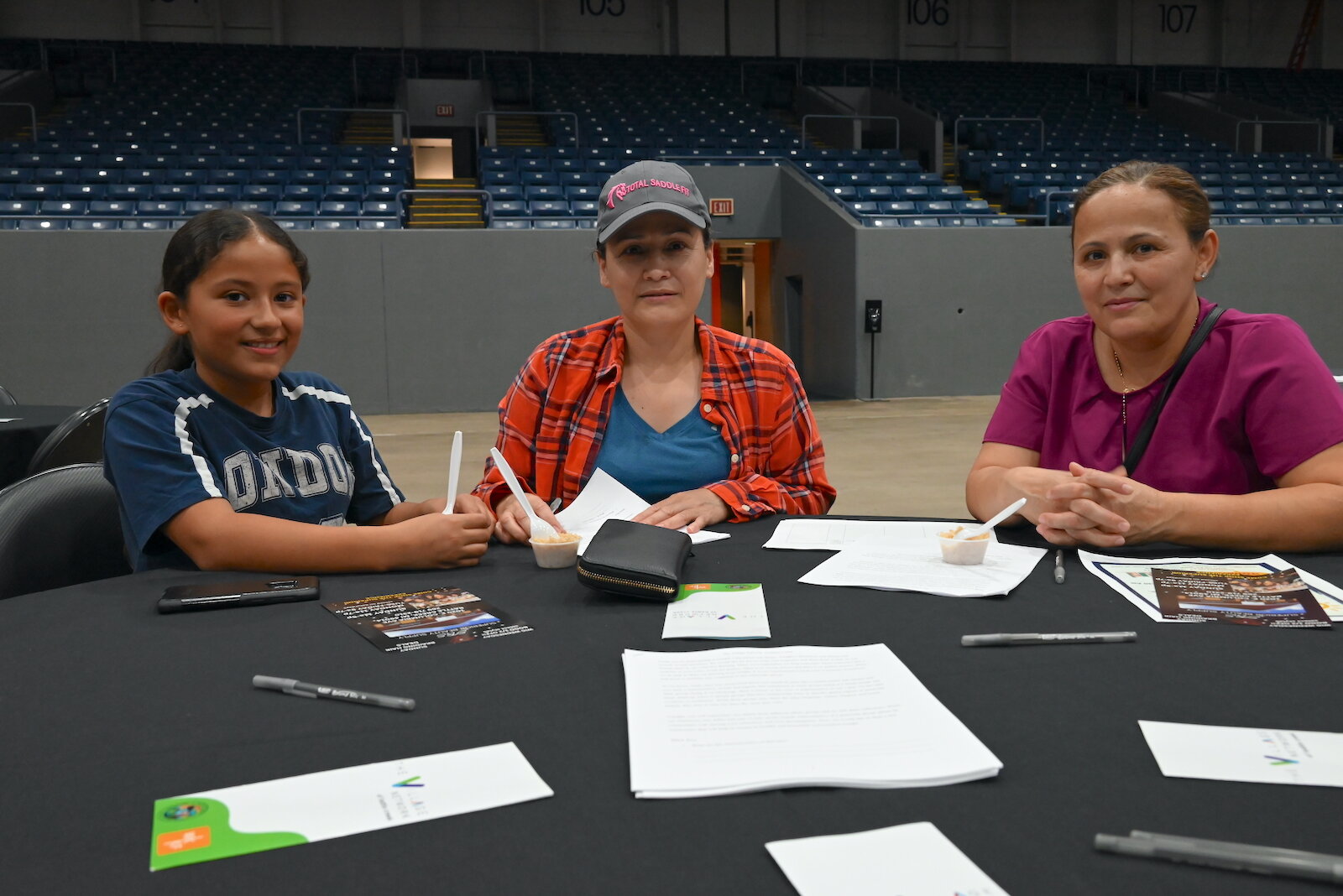
Attending the Village Network’s Rice and Flavor event at Kellogg Arena, are from left, Ahixa Diaz, Celia Diaz, and Elvia Diaz.
“We consider every resident of color (historically, chronically, and systemically under-invested in people) in Battle Creek to be part of our Network, that we want to sew into in support of achieving our definition of economic justice: equitable opportunities for employment and wealth, free of all isms,” she says.
“We hope for our Network and community partners to recognize that the economy will be more successful if it’s equitable and inclusive because prosperity and justice are interdependent.”

